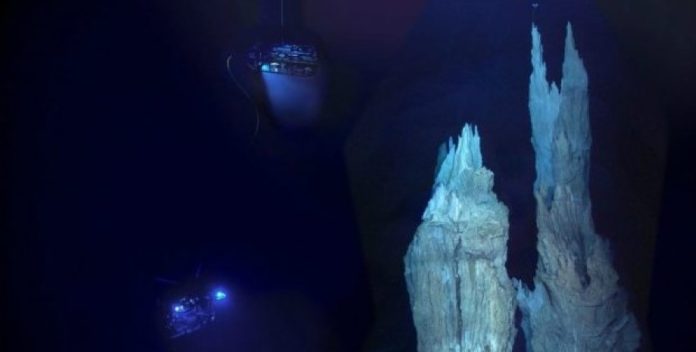At a depth of more than 700 meters under the surface of the Atlantic Ocean, scientists have found a unique phenomenon - an underwater "lost city", which can be the key to unraveling the mystery of life on Earth. It is the oldest known hydrothermal field, which has existed for over 120,000 years and is on the slopes of the underwater mountain in the Middle Atlantic ridge.
Unlike typical hydrothermal sources that feed on volcanic heat, the "lost city" receives energy from chemical reactions between seawater and mantle rocks - a process known as serpentinization. These reactions produce methane and hydrogen - energy sources for germs that live without sunlight or oxygen.
During recent research, scientists were able to extract a deep breed core, which would better understand the mechanics of underground chemical processes. It has been found that carbonate spires - some up to 60 meters high - are formed due to chemistry similar to the one that could exist billions of years ago on the early land. The microorganisms that inhabit the chimneys of this underwater complex survive in absolute darkness, consuming chemical nutrients instead of photosynthesis products. On the surface of mineral structures you can also find rare marine creatures - shrimp, acne, snails. But the larger fauna is almost absent from a limited source of energy.
Scientists believe that the conditions in the "lost city" are similar to those that can exist under the ice shells of Saturn's satellites and Jupiter - Encelada and Europe. According to the microbiologist William Brazelton, this underwater ecosystem demonstrates the possibility of life without sunlight - at the expense of chemical energy. That is, the "lost city" not only sheds light on how life could occur on Earth, but also indicates where to look for it in other worlds.


